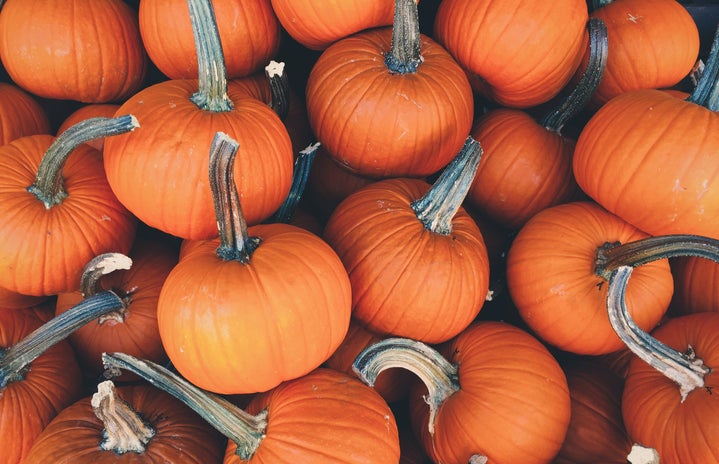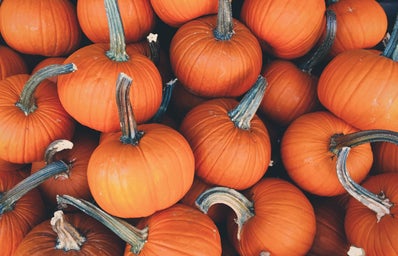In the wise words of Taylor Swift, “August slipped away into a moment in time,” and suddenly September is upon us. However, this new month brings with it one of the most lucrative marketing opportunities businesses have ever seen: the early release of fall products.
Pumpkin cream chais, fuzzy orange blankets, jack-o-lantern-shaped rugs – you name it. Even though Halloween isn’t for well over a month, the linoleum aisles are crowded with new goodies that give American consumers a strange sense of comfort and warmth, a feeling often reserved for colder weather and upcoming holiday breaks. So why do companies lean into the fall aesthetic so early, despite widespread criticisms about the premature launch?
I would argue that the onslaught of fall-themed marketing arises from the fact that people, generally and as consumers, need and value comfort and rest. Most Americans participating in the nation’s economy lean their spending toward clothing items, food, or cosmetic products, according to a study conducted by Statistica in June 2023.
Think about yourself: once you’re done with your day, after hours upon hours of work or class, what is the first thing you crave? Is it a shower and clean bed sheets? A burrito bowl from Chipotle?
The monotony of daily life often gears consumers to a degree of exhaustion or boredom with their routines. When comparing the fall and winter months to the spring and summer months, there is a noticeable discrepancy between the amount of holiday breaks and periods of rest. Because of this, fall and winter are often associated with family gatherings, nostalgia from childhood, and, most of all, time away from the office.
According to an article released by Very Well Mind, there are also psychological reasons for our love and emotional connection to fall. It deals primarily with the fact that fall exists as a “temporal landmark,” the same as “a birthday or a new year.” Fall, therefore, enables us to directly combat the blending-together of our day-to-day lives, as a prominent event that helps to contextualize our years. This anchoring by fall, then, is both positively and negatively impacted by this early fall.
On a consumer basis, it really doesn’t matter if Starbucks starts selling pumpkin spice lattes now or in a month – we’ll fall into the basic white girl stereotype and enjoy them just the same. Buying and surrounding ourselves with autumnal decor in early September does nothing besides create something new to temporarily enjoy, imbuing meaning into an otherwise insignificant chunk of time. For those of us who are junkies for change, the early emergence of fall (despite it still being 110 degrees outside in AZ) is a welcome break.
However, aside from the individualist perspective, there’s something a little sinister about corporations leaning into this instinctive, psychological enjoyment of fall for commercial gain. Sure, we could view the new products as generally good – happy customers, happy business – but by extending fall into the very first week of September, businesses are therefore extending their period of sales. It sits wrong in my gut knowing that instead of the atmosphere of fall now surrounding us coming from a place of communal joy, there is, as always, an underlying economic motivation. Again, this isn’t inherently bad, but it speaks to the nature of consumerism in America.
So, go forth and enjoy the muted browns and dusty oranges of our new landscape, but remember that *technically* fall doesn’t start until September 22.


